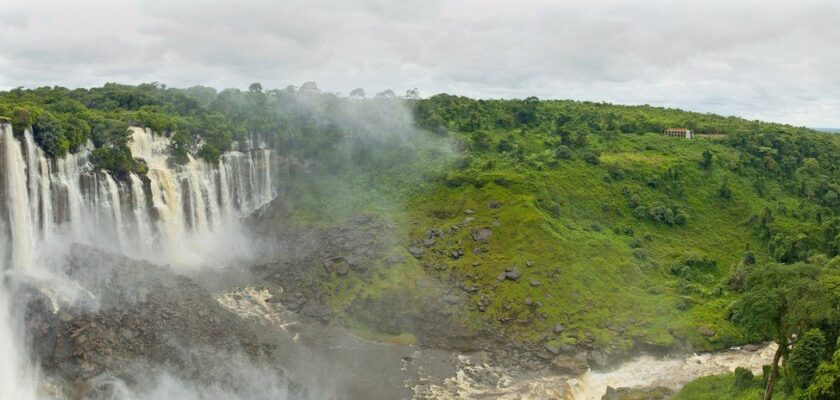Kalandula Falls
Kalandula Falls is one of the most scenic attractions in Angola. The waterfall is located 420 kilometers north of the state capital Luanda. During its maximum fullness – from June to August – the Kalandula Falls rapidly falls from 104-meter height with a powerful 600-meter stream. It is Africa’s second largest waterfall after Victoria.
.It is impossible to take your eyes off Kalandula! The waterfall showcases a celebration of wildlife. Consisting of a series of narrow, multi-stage bubbling cascades, it rushes noisily over rocks studded with tall trees with lush green crowns. From the top, Kalandula offers a magnificent view of the Lukalu River flowing along the lush forests to the hilly horizon. It is not uncommon for travelers to see a bright rainbow just above the falls, making for spectacular photographs.
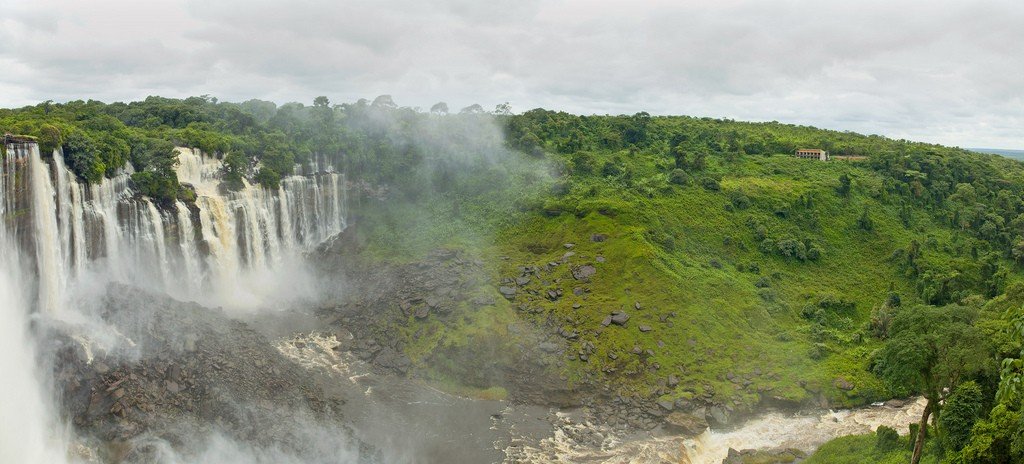
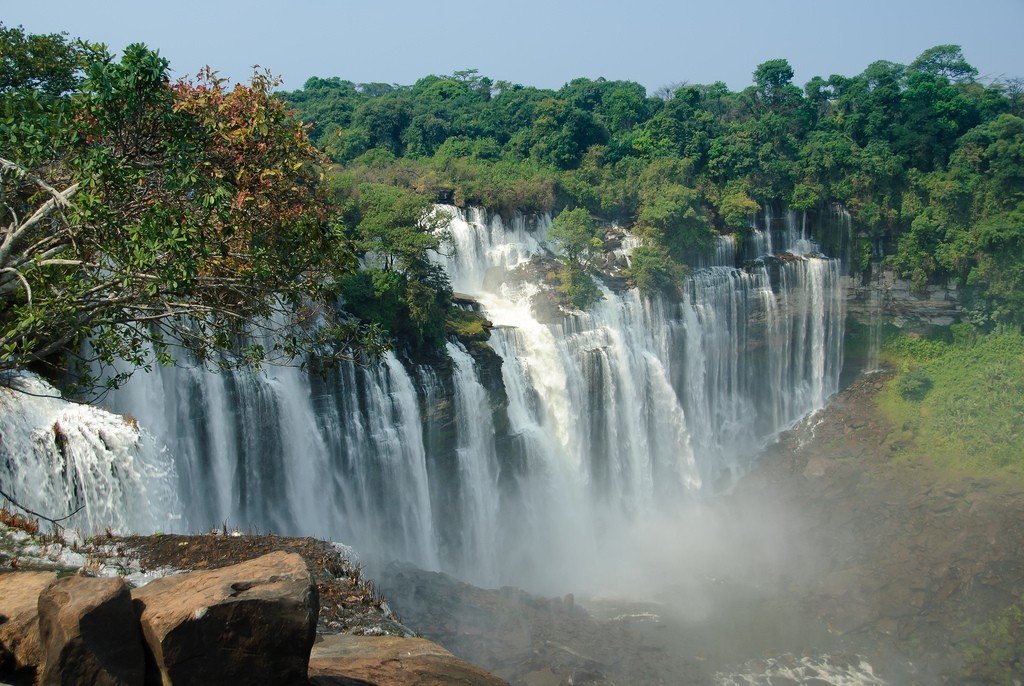
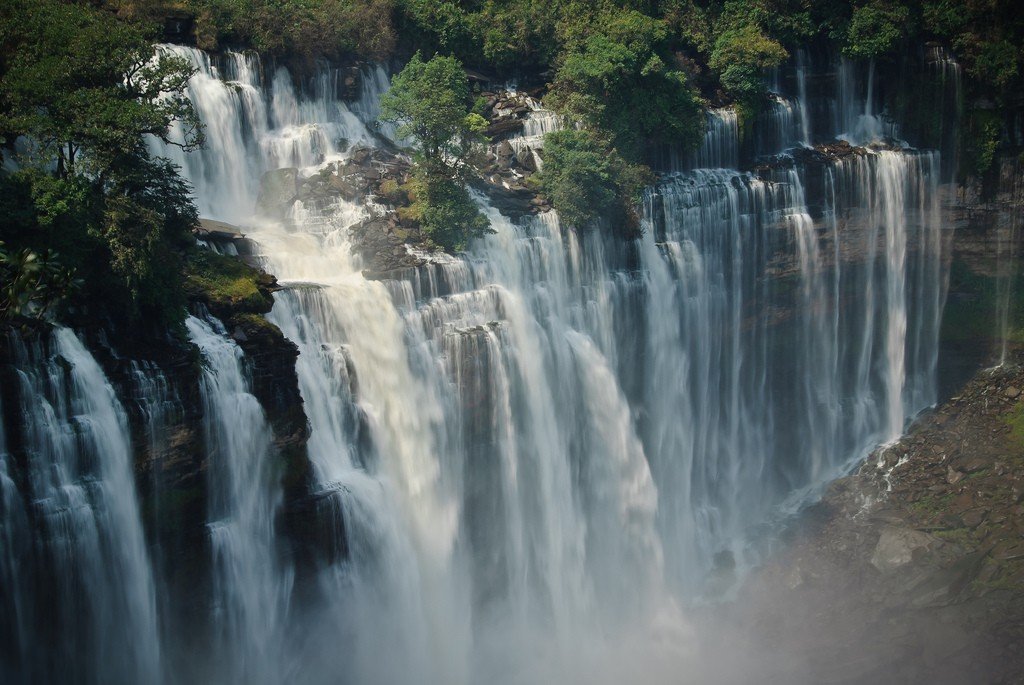
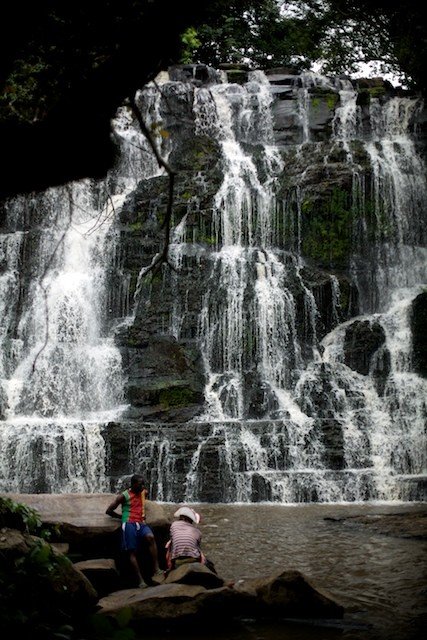
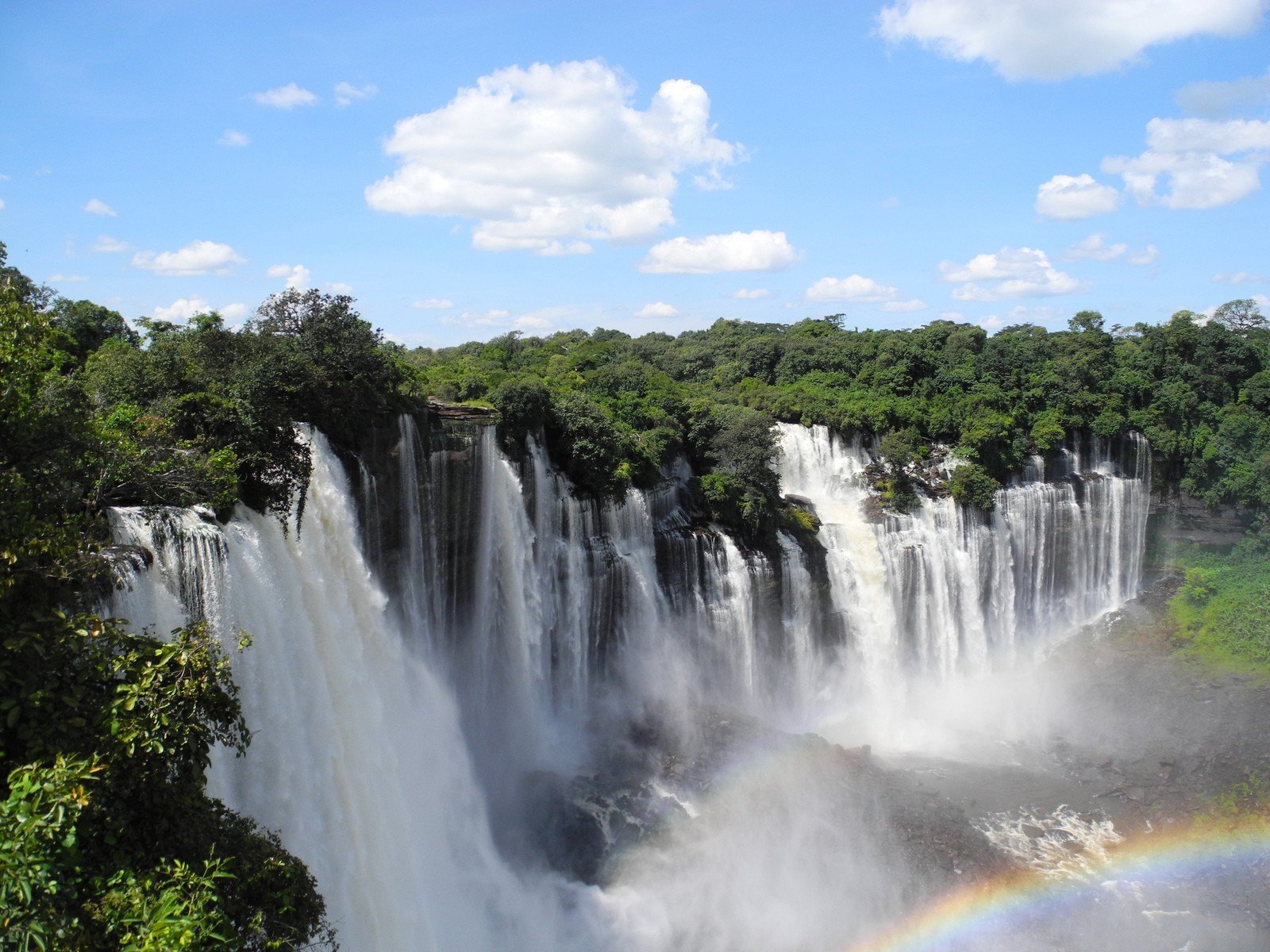
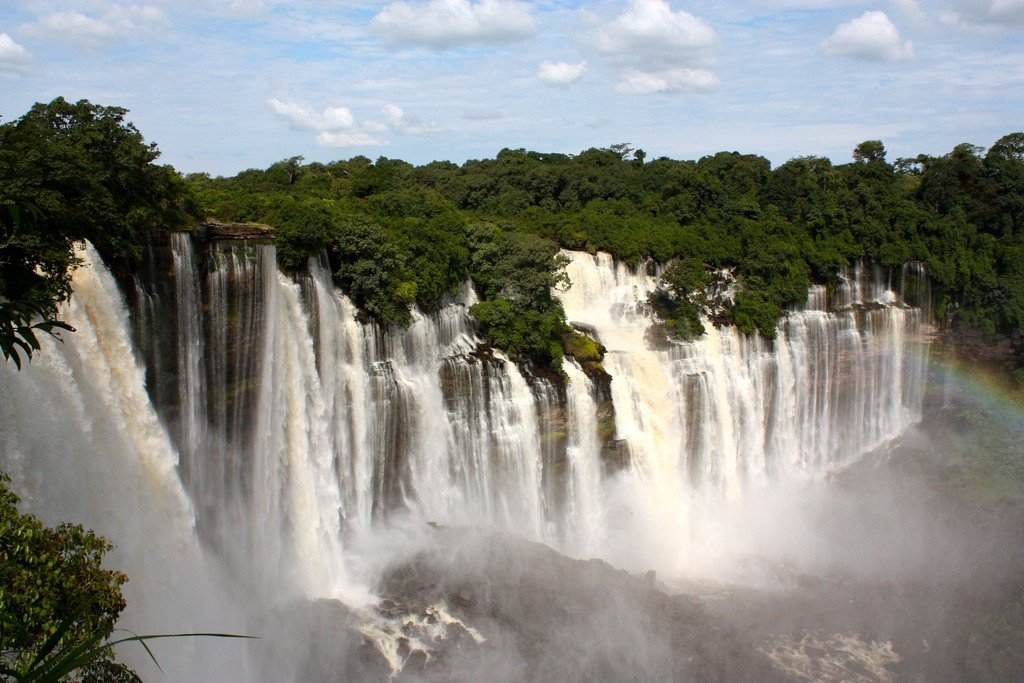
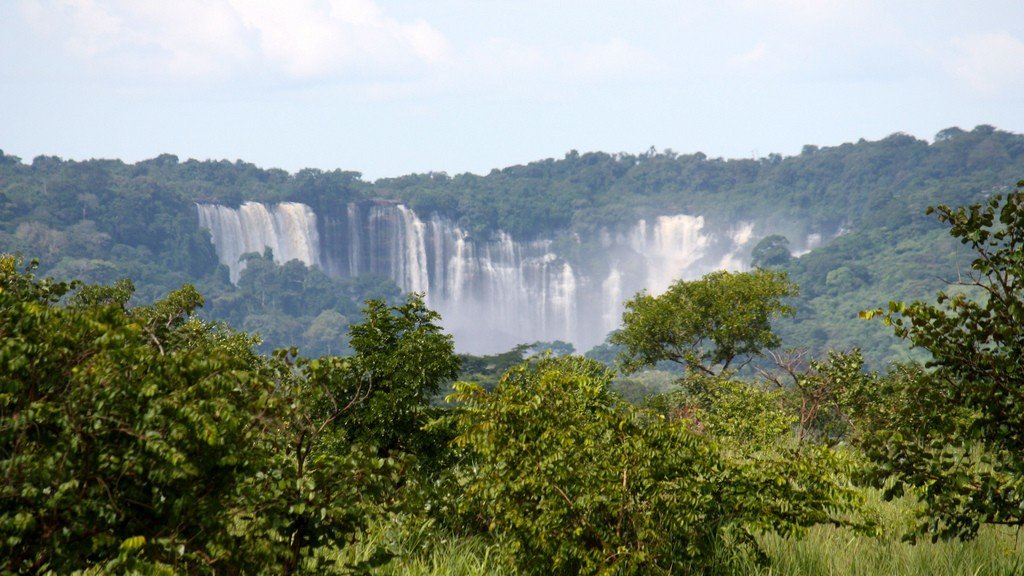
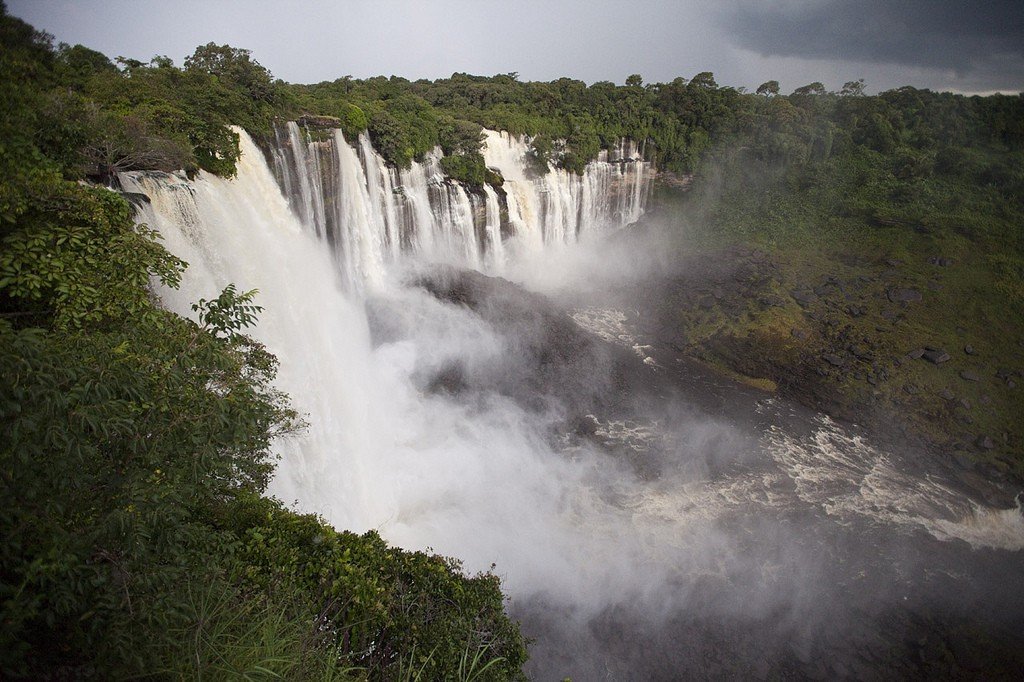
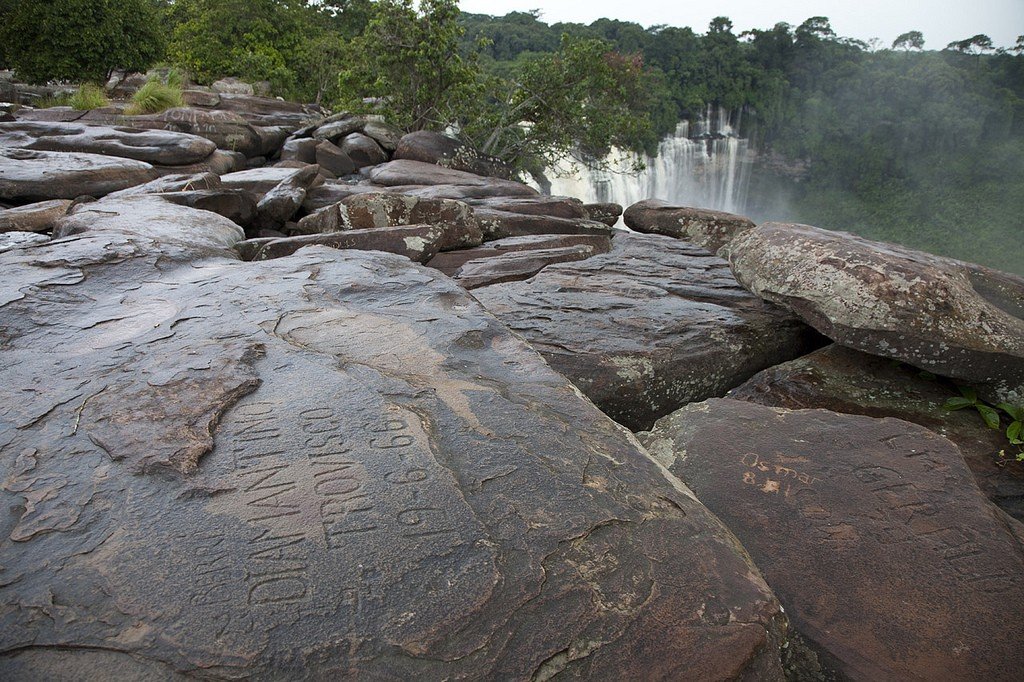
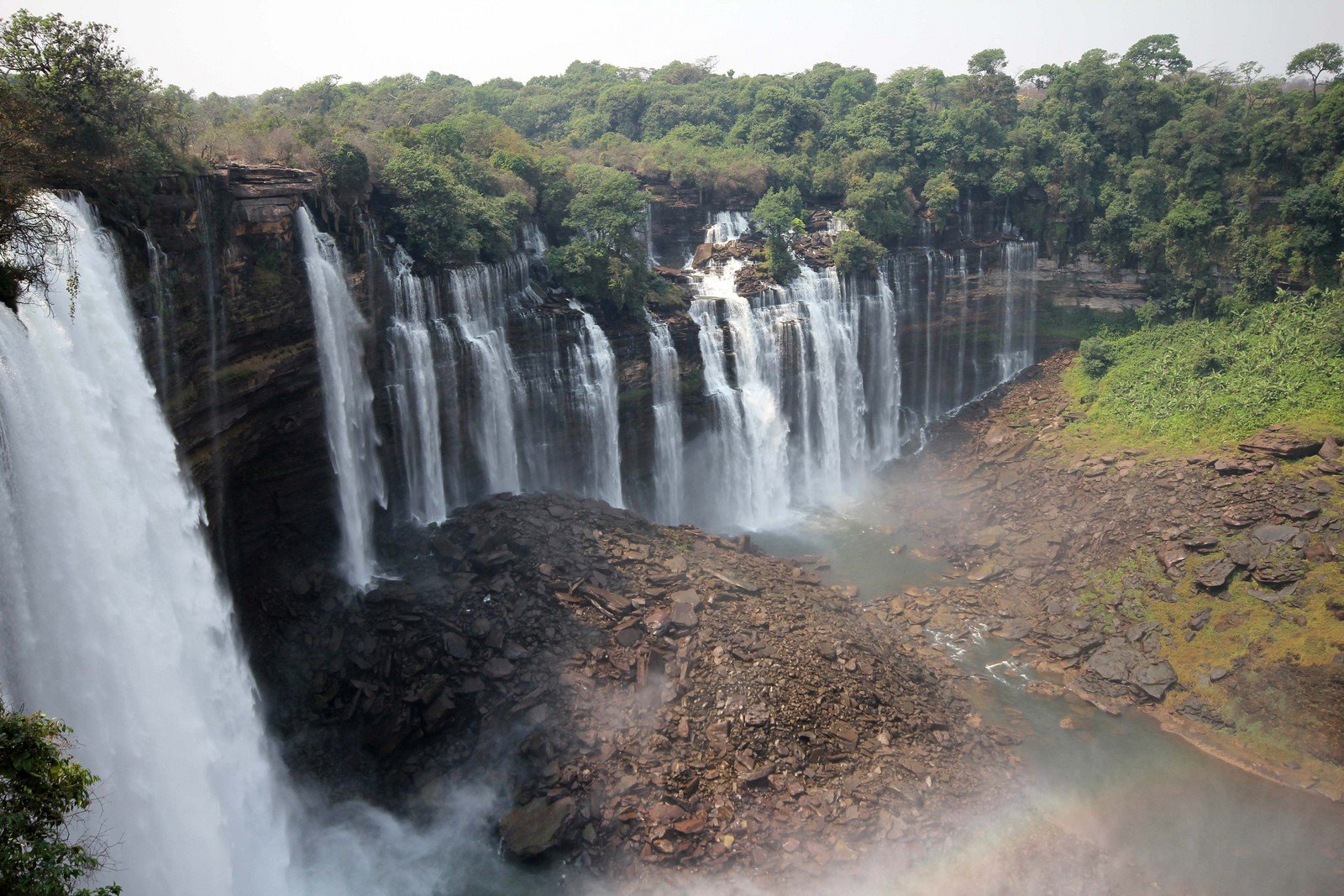
Tourists
Today, tourism in Angola is gradually developing. Most of the travelers are from Portugal and Brazil. The Calandula Waterfall has become one of the icons of the new tourism company of the country’s government. You can admire it at any time of the year, but it is better to choose the rainy season, when the power of thousands of cubic meters of falling water is felt especially strongly. A definite plus for most travelers is the fact that the beauty of the waterfall can be enjoyed outside the prying eyes of souvenir vendors or local guides. One can safely swim at the source of Kalandula – the water is clear and rich in fish.
.Although the Kalandula area is not too developed in terms of tourism, not far from the waterfall is a hotel where tourists can relax after the tour. The daily cost of accommodation is $150.
.History
The waterfall was originally called Duc de Bragança, but in 1975 the Angolans, who became independent from Portuguese rule, renamed it Calandula.
.Duke de Bragança was a title held by the head of a collateral line of Portuguese Capetings until 1640. The title was created in 1442 by King Alfonso V for his uncle Alfonso. Duke Theodore II de Bragança participated in the Moroccan campaign as a boy along with many of his compatriots, was captured after the battle of El Xar el Kebir and was ransomed in 1579. His son João II, like his father, did not aspire to power. But as a result of the anti-Hispanic revolt in 1640 he became the new king of Portugal. With him began the new royal dynasty of Bragança.
.